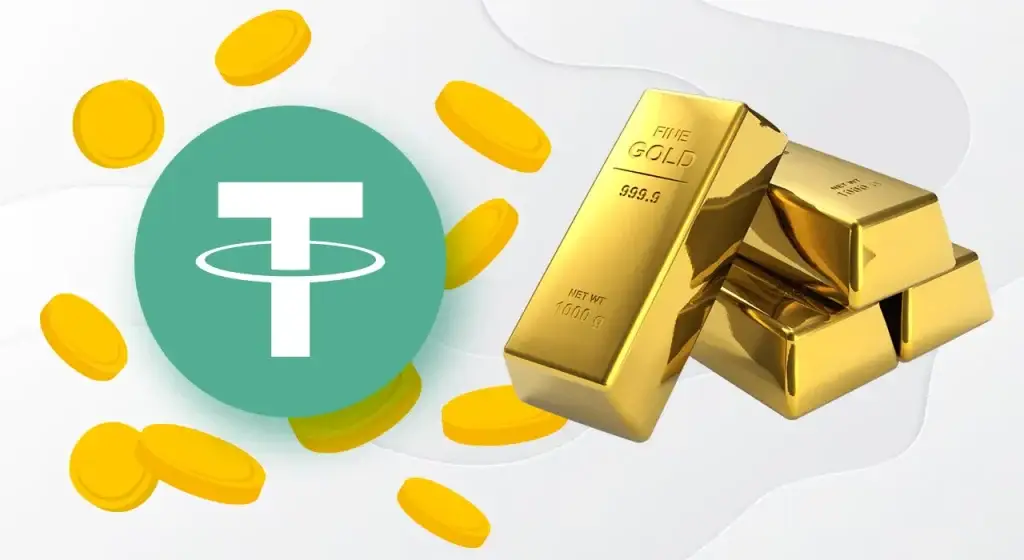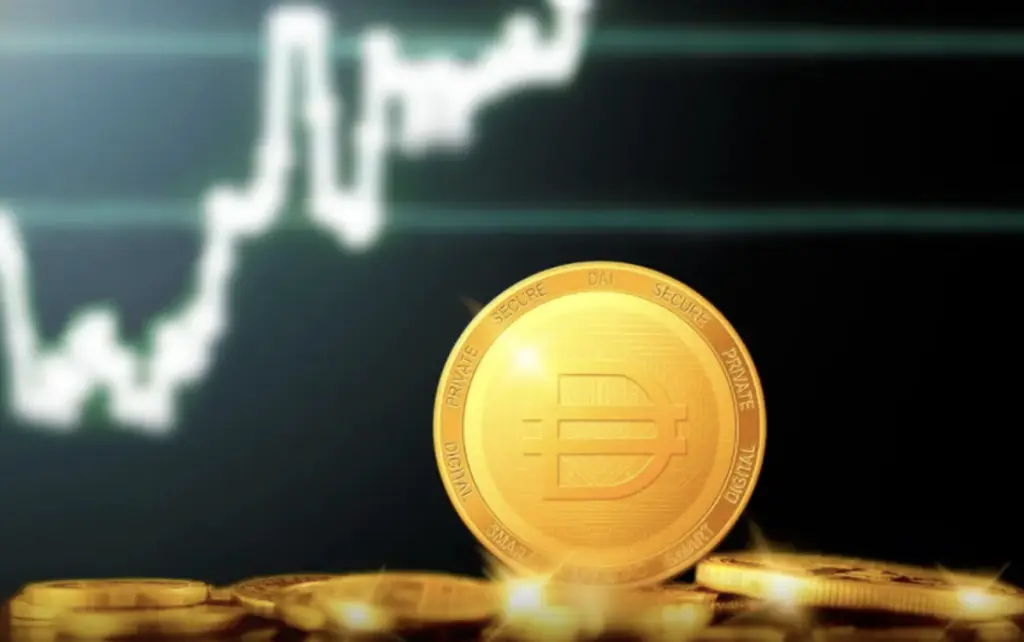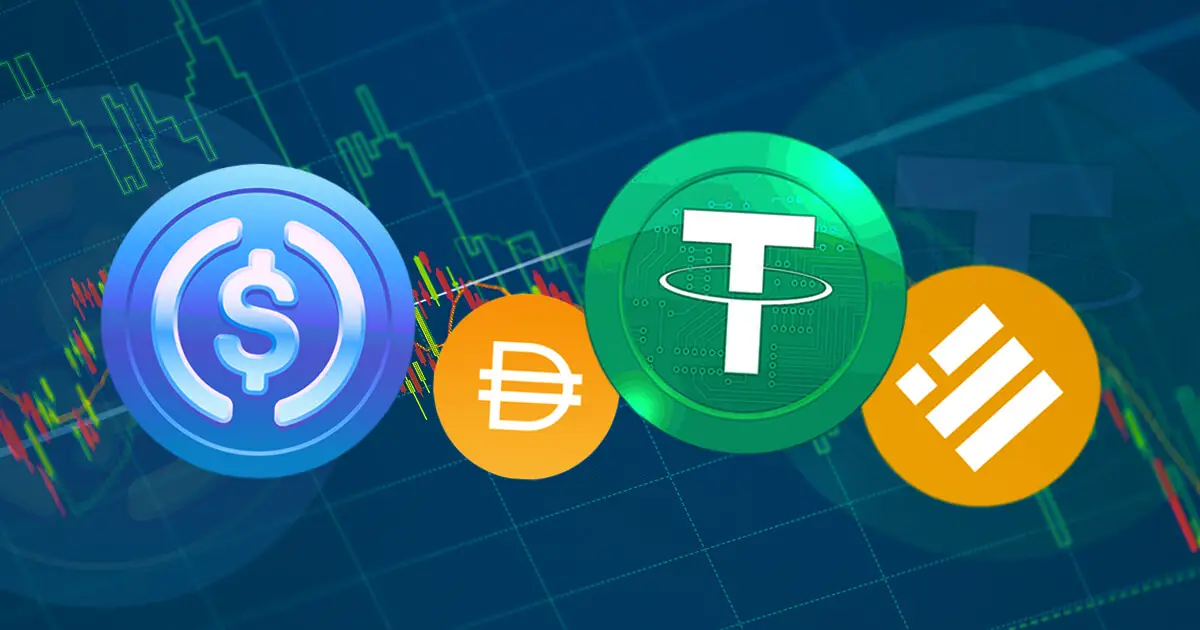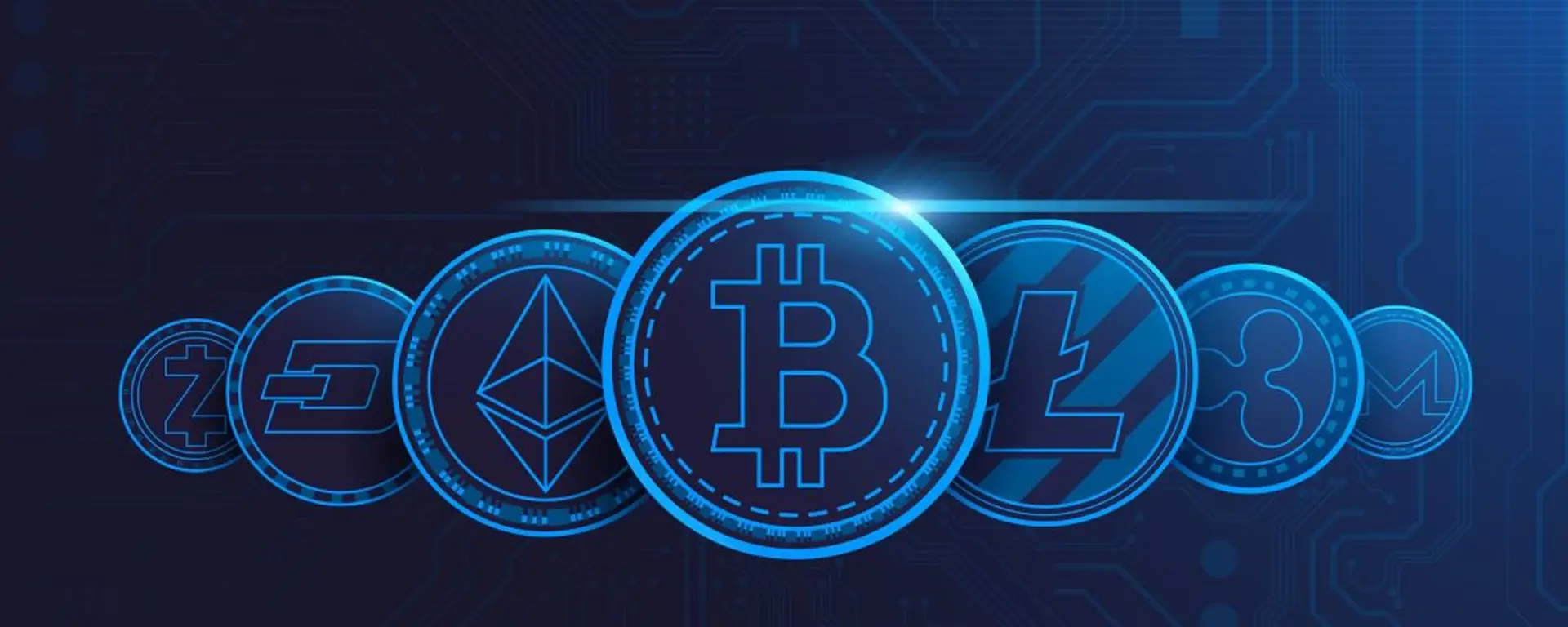Investing in gold is an age-old way of preserving and increasing capital. Thanks to digital technologies, it is now possible to adapt it to modern realities. Stablecoins with a gold hedge combine the stability of the precious metal with the convenience of cryptocurrencies. Unlike volatile digital assets such as Bitcoin, these instruments have a reliable anchor in the form of physical gold. In times of economic crisis and inflation, they are especially important for preserving funds.
What are gold-backed stablecoins?
Gold stablecoins are a synthesis of traditional precious metals and digital technologies. To understand their value, it is necessary to understand the key characteristics and operating principles of such assets.
Gold-backed stablecoins are cryptocurrencies backed by physical gold. Each token is equivalent to a certain amount of precious material stored in specialised storage facilities. This allows you to stabilise the value of digital assets and avoid sharp exchange rate fluctuations, which are characteristic of most cryptocurrencies.
Details:
- Fixed price. A stablecoin is equivalent to a certain amount of gold, e.g. 1 gram or 1 troy ounce. This makes them resistant to volatility and provides a reliable tool for preserving capital.
- Physical backing. Behind each token is real gold, stored in certified vaults. Major platforms such as Bitrue offer storage guarantees and the ability to verify collateral via the blockchain.
- Transparency and verification. Regular audits confirm the availability of physical media. This increases user confidence and reduces the risk of fraud.
- Digital accessibility. Investors can store gold assets digitally without having to store physical gold or coins. Transfers take place via the blockchain, making them fast and cheap.
- Ease of change. Stablecoins can be easily exchanged for other digital assets or fiat currency on crypto exchanges.
Advantages of gold-backed stablecoins
 The advantages of gold stablecoins make them an attractive tool for investors and traders. Let’s take a look at how they protect capital and offer ease of use.
The advantages of gold stablecoins make them an attractive tool for investors and traders. Let’s take a look at how they protect capital and offer ease of use.
Protection against inflation and market instability
Gold stablecoins offer protection against inflation and financial crises. Unlike traditional crypto-currencies, their value is linked to a real value that has a long history of stability. This makes them a reliable means of preserving capital in times of economic instability.
High liquidity on platforms
Trading in gold stablecoins is actively supported on major cryptocurrency trading platforms such as Bitrue and Binance. This allows investors to easily enter and exit transactions and exchange stablecoins for other crypto assets or fiat money.
Ease of international transactions
Transferring gold stablecoins is fast and with minimal fees. Traditional bank transfers are time-consuming and expensive, while digital assets allow people to bypass borders and bureaucratic restrictions.
Easy to store and use.
Storing stablecoins with gold coverage does not require vaults or special conditions. All storage takes place digitally in secure wallets, allowing easy access to your investments.
Popular gold stablecoins
There are several well-known gold-backed stablecoins on the market. Each of them has its own features, benefits and methods of application:
- Tether Gold is one of the most popular stablecoins of its kind. Each XAUt token is equivalent to one troy ounce of gold (31.1 grams). The tokens are issued by Tether, also known as the USDT stablecoin. The collateral is held in Swiss vaults and users can request a physical delivery of the gold.
- PAXG is another popular gold stablecoin that is kept in vaults in London. Each token has a unique identifier, allowing its origin to be traced. PAXG has high liquidity and is available for trading on many exchanges.
- Digix Gold (DGX) is linked to one gram of gold. The token is fully backed by bullion stored in certified vaults in Singapore. Investors can exchange tokens for physical gold bars.
How do you choose a gold-backed stablecoin?
Making the right decision requires careful analysis of many factors. Let’s take a look at the main aspects to consider when making a decision.
Reputation and reliability of the issuer
The first step in choosing a stablecoin is to check the reputation of the issuing company. Reliable projects undergo regular audits and provide gold storage reports. For example, Tether and Paxos have a transparent audit system, which increases trust among users.
Storage conditions for gold
Physical security should be stored in certified, high-security storage facilities. Pay attention to the location of storage facilities and the ability to verify asset availability. Vaults in Switzerland, London and Singapore are considered a benchmark in terms of security.
Commissions and fees
Check storage, withdrawal and transaction fees. Some projects charge low rates but charge fees for shipping physical gold. Consider all costs before buying.
Liquidity on trading platforms
Choosing stablecoin with high liquidity on popular crypto trading platforms makes it easier to exchange assets for fiat money or other crypto currencies.
Risks of gold stablecoins
Every investment vehicle has its own risks:
- Fraud and unscrupulous issuers. Even with high blockchain transparency, there is a risk of fraud. Some projects may not be backed by real gold. Always check periodic audits and read reviews on the project.
- Changes in the gold price. The exchange rate of gold stablecoins depends on the gold price on the global market. Although gold is considered a stable investment, its value can fluctuate depending on economic conditions.
- Technical risks. Using blockchain carries risks of technical failures and cyber attacks. By securing digital wallets and using trusted platforms, you can minimise these risks.
Conclusion
 Stablecoins linked to gold provide a reliable tool to protect funds from inflation and economic shocks. These tokens combine the stability of gold and the convenience of digital assets, giving investors a wide range of options. By choosing a reliable issuer, understanding the storage conditions and analysing the risks, you can ensure safe and effective investments.
Stablecoins linked to gold provide a reliable tool to protect funds from inflation and economic shocks. These tokens combine the stability of gold and the convenience of digital assets, giving investors a wide range of options. By choosing a reliable issuer, understanding the storage conditions and analysing the risks, you can ensure safe and effective investments.
 en
en  ru
ru  de
de  ar
ar  es
es  nl
nl  hi
hi  fr
fr  it
it  pt
pt  el
el 










